
Filipino food journey: the little-known Philippine dishes that come alive on Romblon island
- Unfamiliar to most from the Philippines’ capital, let alone further afield, the food on Romblon island is extraordinarily varied and rich
- Back in Manila we meet and eat with some of the chefs that have got big names like Andrew Zimmern claiming Filipino cuisine is the next big thing
The island of Romblon is not on the radar of many travellers, but it should be. Like many of the other 7,000 islands which make up the Philippines, Romblon is breathtakingly beautiful, especially when arriving by sea.
The most perfect turquoise waters lap palm-fringed coasts, while forested mountains rise majestically above.
It takes a 90-minute ferry ride to reach the nearest airport, but our visit came as part of an inaugural culinary programme called Salt (Sea and Land Taste) with the luxury small ship cruise line, Silversea.
Salt is curated by Adam Sachs, the former editor of the renowned US culinary magazine, Saveur. His involvement means that the focus of our visit is the extraordinary variety and richness of the island’s food, much of which is unfamiliar to guests from the Philippines capital Manila, let alone from further afield.

On shore, the usual Filipino bustle of jeepneys (buses) and trikes around the small harbour quickly gives way to empty roads, paddy fields and banana trees before the first stop in a humble home halfway up a mountain. It’s where a local dish called sarsa na uyang is made in front of us.
Uyang are local freshwater shrimp, and two types of them are placed, shell-on, into an old metal grinder, along with chilli, garlic, ginger, shallots and sweet young coconut flesh, before being slowly ground and then crushed to a reddish paste using an enormous wooden staff.

While some like to eat it raw, most prefer it steamed in bamboo leaves and served like the Straits dish of otak-otak fish cake. It’s delicious – the remnants of the shell gives the dish texture and bite, and the funky but not overpowering flavours hum on the palate. It goes perfectly when spooned over rice.
Indeed, it’s remarkable that absolutely everything we eat in Romblon is made from produce found on or around the island. There’s no push to “eat locally” like some restaurants advertise in far wealthier destinations. Here, it’s a reality of life on this small and relatively impoverished island. But that doesn’t mean people eat badly – far from it.
The grandly named Romblon Yacht Club sparks visions of mahogany bars, brass sextants and servers clad all in white. Instead we find ourselves on a few rickety tables under an awning, serenaded by neighbours on a local karaoke machine, with plants trailing above us and the stunning water’s edge to our right. It’s the perfect setting for a perfect lunch, all prepared by a local lady and former street food vendor known as Auntie Parading.
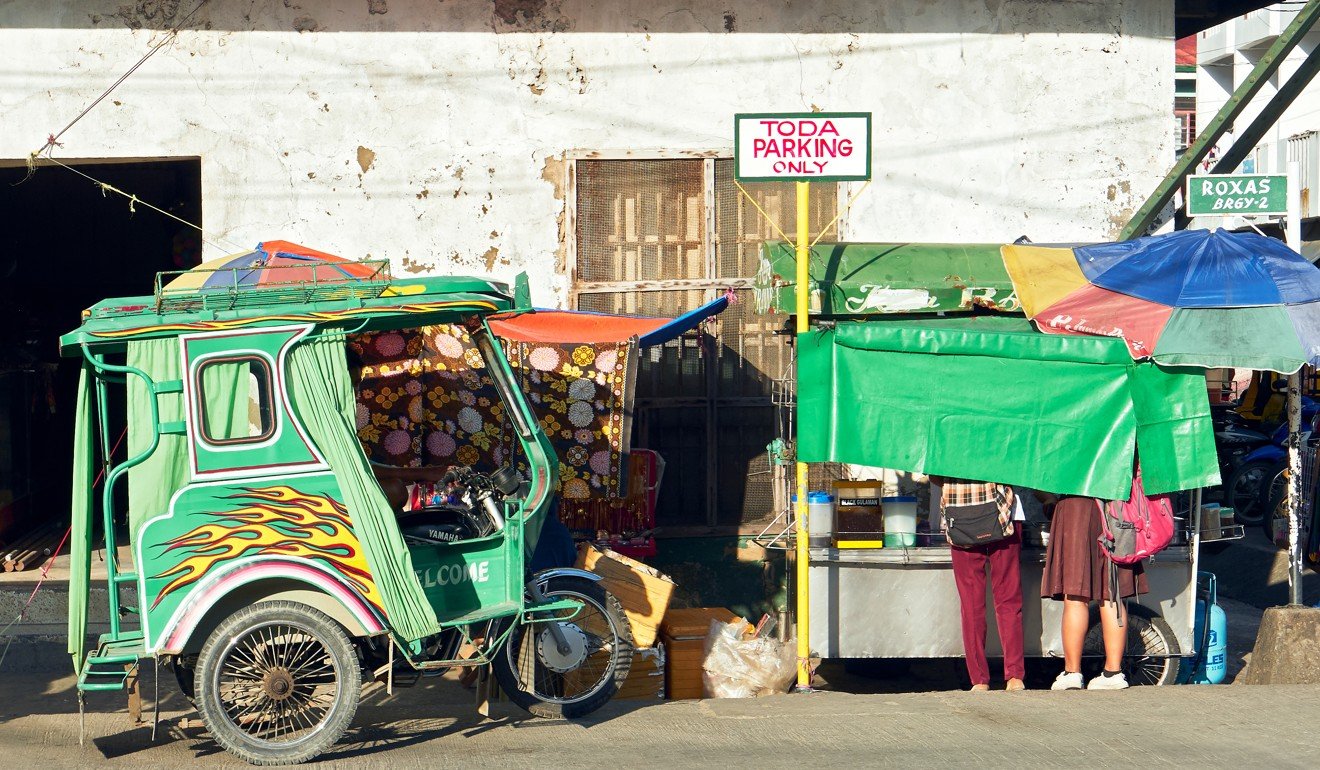
Cold San Miguel beers – the only thing we consume from off the island – accompany the parade of dishes that are laid out in front of us.
There’s wild chicken soup known as tinola, with myriad wild greens, ginger and fish sauce, making it one of the healthiest and tastiest bowls you can imagine. There’s also grilled tanigue fish served with fresh calamansi to squeeze on, and young jackfruit with dried squid and lumbay leaves from the bago tree.
My favourite was utan na loret, or young grated papaya with shredded fish and chillies. The golden mound flecked with red was served, like all the dishes, in a beautiful marble bowl. Romblon proudly declares itself “the marble capital of The Philippines” meaning you can also pick up a beautiful handmade marble mortar and pestle for just US$3.

From Romblon we sailed to the far more hectic surroundings of Manila. A bountiful lunch crafted by chef Sau del Rosario in conjunction with the Centre For Culinary Arts was an explosion of colour and flavours, notably the picture-perfect paku, or fiddlehead fern salad, served with cubes of sweet watermelon with salted egg and a local soft white cheese called kesong puti.
There was, of course, one of the country’s most famous dishes, adobo. Here it was seriously pimped up by the use of duck breast that had been sous-vide. Lamb shank caldereta fell off the bone, while lobster with coconut and crab fat known as aligue took us briefly back to the islands.
A special nod must be given to the tremendous selection of Filipino desserts offered, with the chef’s leche flan the finest example that I can recall.
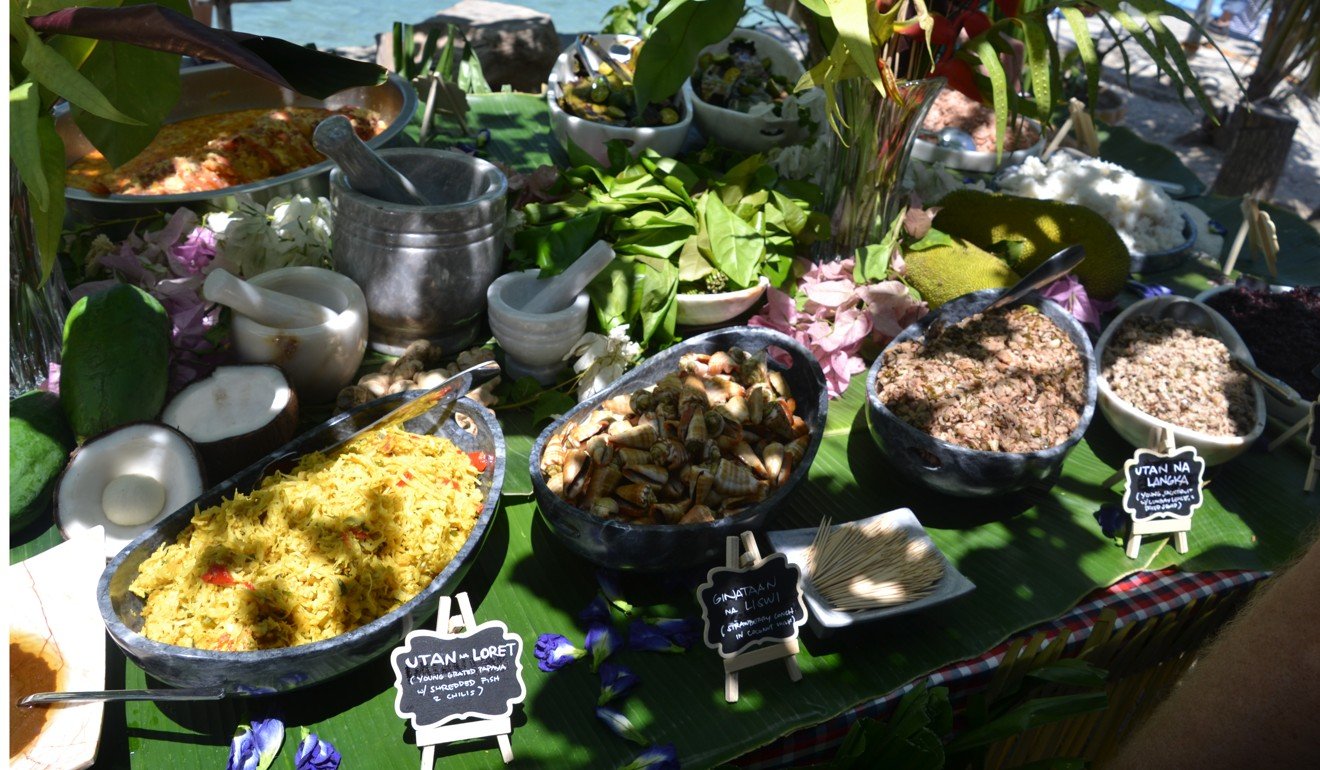
Manila was also where we met New York-based chef and writer Nicole Ponseca, someone who has arguably done more than anyone in recent years to raise and sustain the profile of Filipino food. Her book, I Am a Filipino – and This Is How We Cook was named one of the best cookbooks of 2018 by The New Yorker, Los Angeles Times and New York Times Book Review.
Ponseca was one of a number of chefs and culinary experts joining the Salt programme throughout the journey. She passionately summarised the massive recent change in perceptions towards Filipino food.
The good, bad and ugly sides to Manila, the Philippines’ chaotic capital
“As a Filipino-American, I remember my dad eating with his hands in the kitchen and being very embarrassed about it, especially when my American friends would come visit. I was filled with so much shame,” she says.
“Growing up, there was also [the TV show] Fear Factor where the idea was to bribe someone to eat what I would eat as a snack. Like dinuguan [pork blood stew], which we call chocolate stew. So, I grew up understanding I should get accustomed to being made fun of, but now my whole idea is how I can turn something I was very embarrassed about into something I can be proud of.”
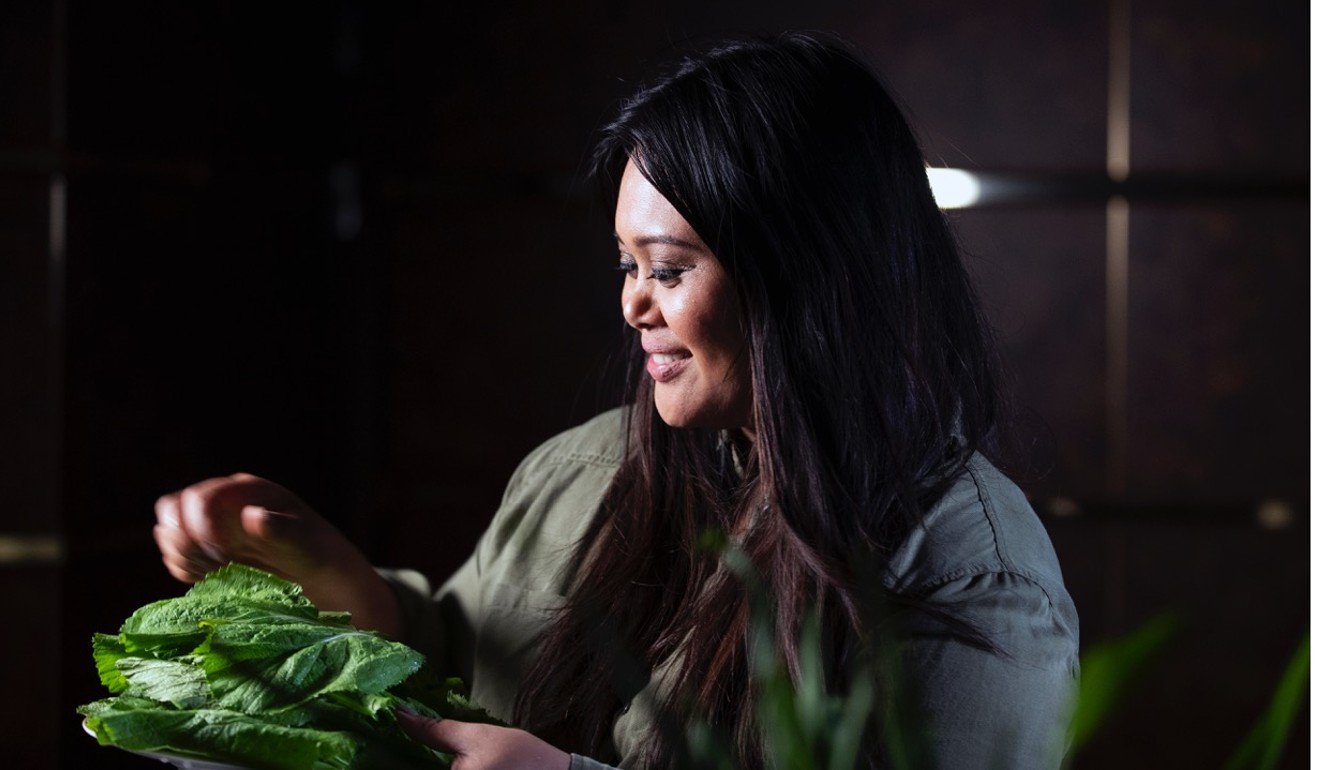
Ponseca runs two popular and critically acclaimed restaurants in New York within five blocks of one another, Maharlika and Jeepney. Since opening in 2011 and 2012 respectively, they have become key to the rise of Filipino cuisine in the consciousness of New York diners.
That progress also come with mixed feelings, as Ponseca explains: “You hear it a lot that Filipino food is the next big thing – they’ve been saying it since 2012, first Andrew Zimmern then [Anthony] Bourdain. What qualifies [a cuisine] as finally [having made] ‘it’? Could it be [down to the] number of restaurants [serving the cuisine]? We’re already on the cover of The New York Times food section, how much more [can we do]?”
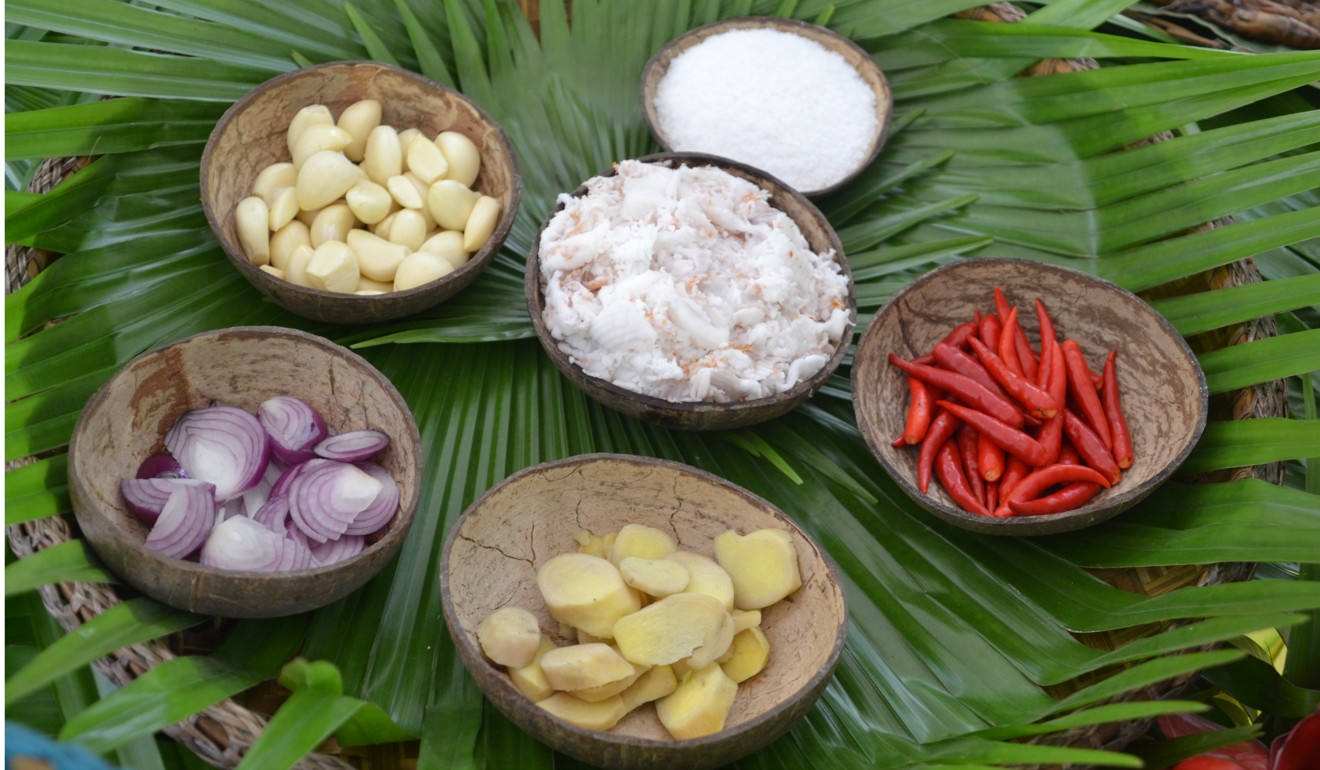
She pauses her passionate argument to praise the virtues of a fermented rice dish offered during a bounteous buffet.
“Have you had this before? Burong na isda. It’s so good,” she says. “You take cooked rice, sometimes day-old, take a jar or clay pot and put in [layers of] rice, raw fish, rice, raw fish and you ferment it. It has a nice funkiness, an umami which is inexplicable. You’ll put it in a mustasa – a bitter leaf – and take a bit of the deep-fried catfish called hito, and wrap it all up together.”
It’s sensationally tasty and a reminder of the incredible diversity of dishes in The Philippines. While Anthony Bourdain famously extolled the virtues of dishes including lechon, the country’s roast suckling pig, there’s far more to Filipino cuisine, as Ponseca explains.
5 of the best places for freediving in the Philippines
“Going to a Filipino restaurant doesn’t only have to mean pancit [noodles] or lumpia [spring rolls]. You could have an obscure dish like baka tula-sog [stewed beef with pineapple, curry powder and shrimp paste]. It needs to be sustainable, not just because of comfort food but because of curiosity.”
The Salt culinary cruise manages to cater for travellers regardless whether they are new to Filipino cuisine, or more seasoned. The one thing the travellers all undoubtedly share, however, is curiosity.
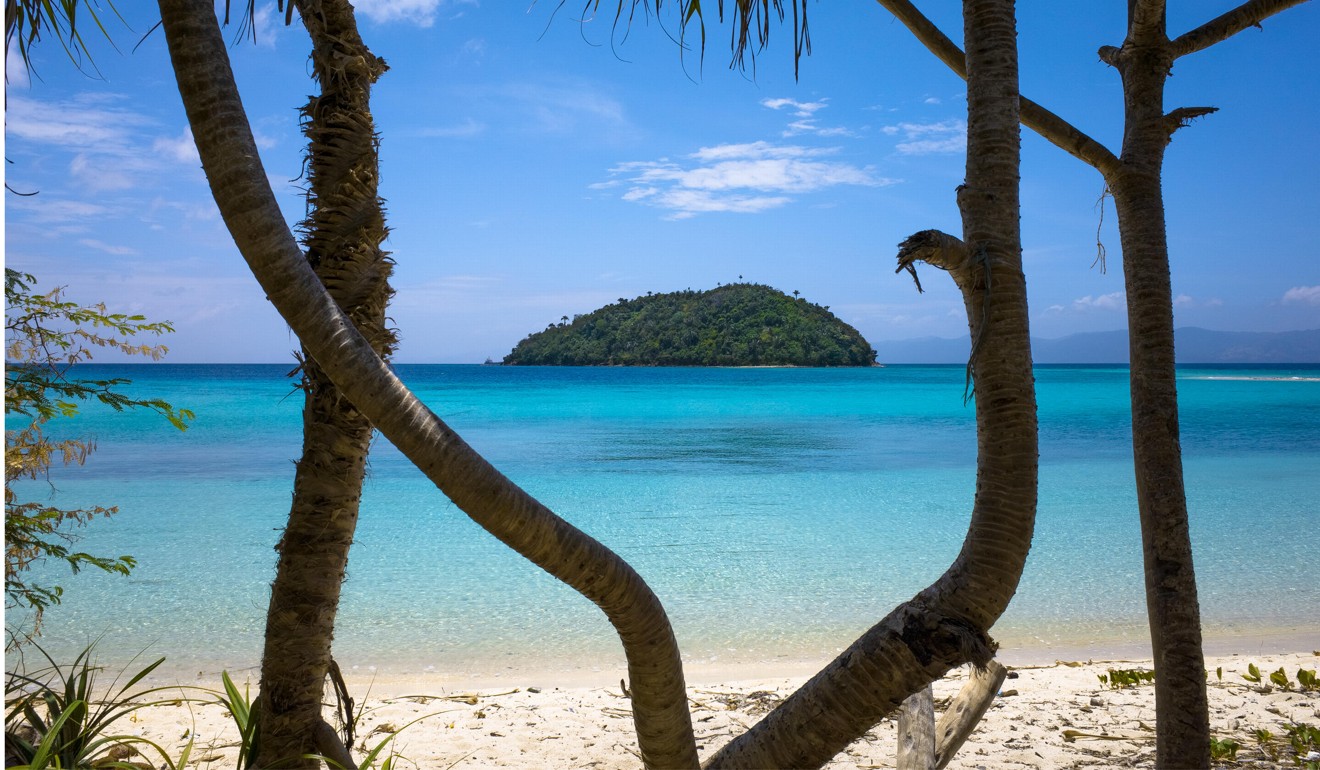
More details:
Silversea Salt cruises details: silversea.com
Jeepney Filipino Gastropub, 201 1st Avenue, New York City, NY 10003, tel: +1 212 533 4121, jeepneynyc.com
Maharlika, 111 1st Avenue, New York City, NY 10003, tel: +1 646 392 7880, maharlikanyc.com

